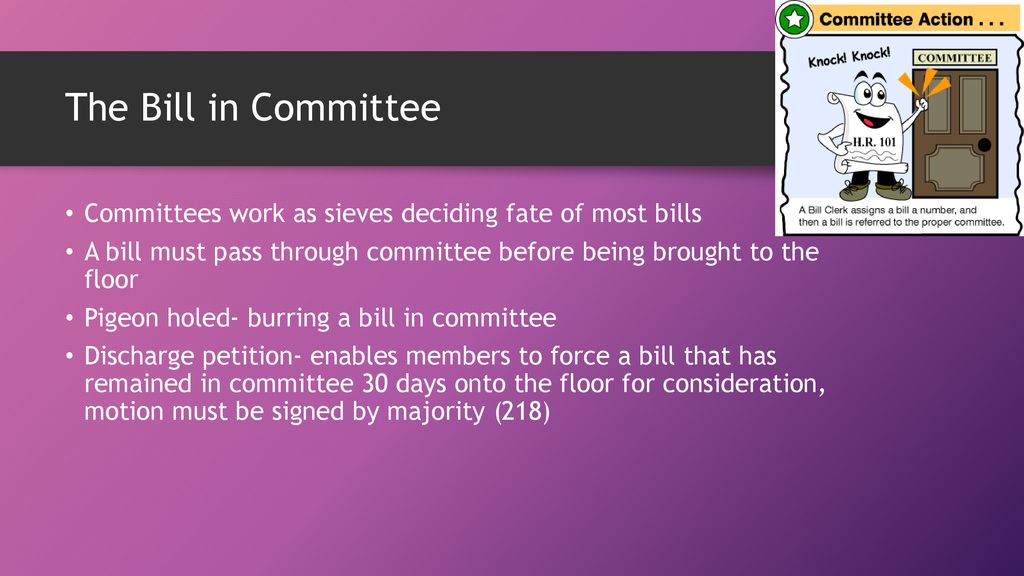How are bills assigned to a committee? – Ever wondered how a proposed law, a bill, gets sent to the right group of people to discuss and debate it? It’s a bit like a carefully orchestrated game of musical chairs, where each bill gets matched with the committee best suited to its subject matter. This process is crucial because it ensures that bills are examined thoroughly by experts before they reach the floor for a vote.
The specific rules for assigning bills to committees vary slightly from one legislative body to another, but the general principles are remarkably consistent. Often, a bill’s subject matter—is it about education, the environment, or perhaps the economy—will be the key factor. Think of it as a bill’s “expertise matching” system! Here’s a quick breakdown of the key players and steps involved:

- Bill Introduction: A representative or senator introduces a bill to the House or Senate, respectively. This is often the first step in the legislative process.
- Referral to a Committee: The Speaker of the House (or the presiding officer in the Senate) or a committee chair, often based on the bill’s content, decides which committee will review the bill. This decision is usually made promptly after the bill is introduced.
- Committee Consideration: The assigned committee then carefully examines the bill. This often includes holding hearings, inviting experts, and taking public input.
Imagine a bill proposing new regulations for online platforms. It would likely be assigned to a committee specializing in communications or technology. Or consider a bill addressing changes to tax laws; a finance committee would be the logical choice. This process is designed to ensure the bill receives the right kind of scrutiny and attention based on its topic. This step ensures the bill’s subject matter aligns with the committee’s expertise. This is important because it allows for thorough analysis.
Sometimes, bills might be referred to multiple committees if they have implications across different areas of policy. This is known as multiple referrals. Think of it as having the bill reviewed by different specialists, each with their own area of expertise. This comprehensive review process allows for a more holistic understanding of the bill’s impact and potential consequences. It ensures that every angle of the bill is considered before it proceeds to the next stage. This is a crucial step in the legislative process.
Beyond the Basics: While the primary consideration is subject matter, other factors might come into play, such as the seniority of committee members or the political climate. The Speaker of the House or the presiding officer in the Senate often plays a significant role in the referral process. This process ensures that the bill is reviewed by the appropriate committee.
Famous Entities Embedded: Think about the work of renowned figures like former Speaker Nancy Pelosi or current Senate Majority Leader Mitch McConnell. Their leadership roles have undoubtedly influenced the way bills are assigned throughout the legislative process. Their decisions have shaped how bills get routed to the right committees.